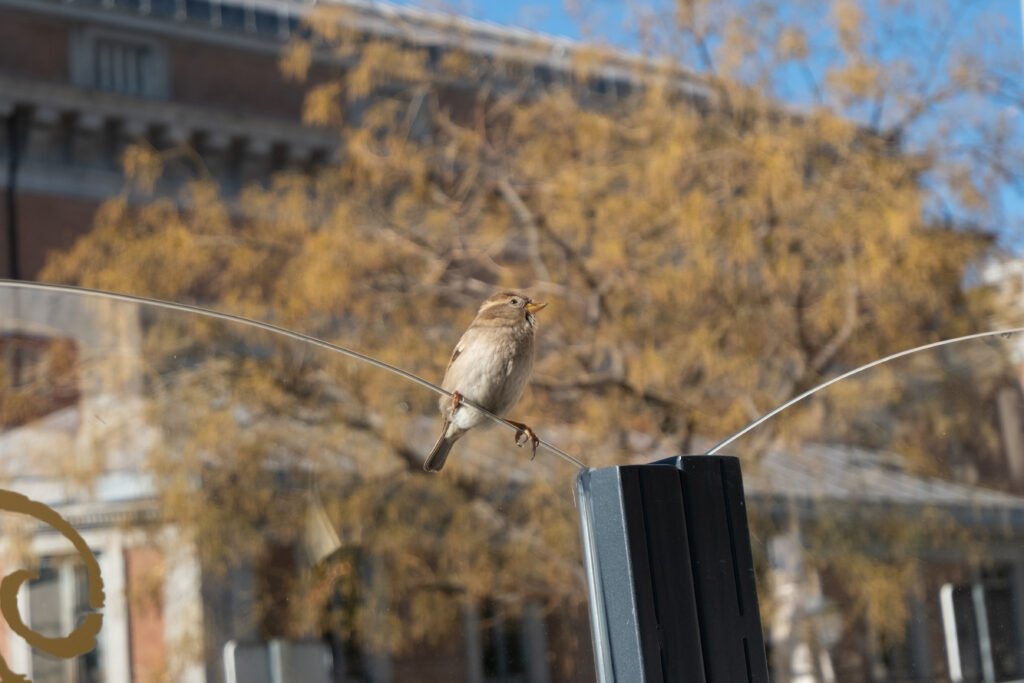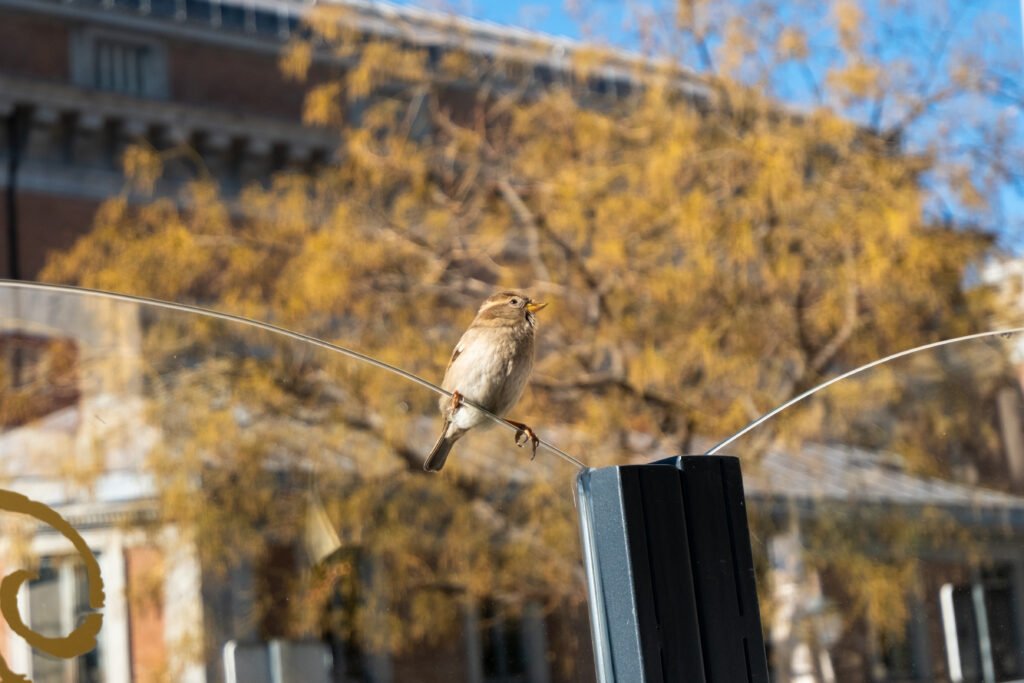Some say a camera does not make someone a photographer, but there is something about holding a camera in hand, even a low-end one, that can change your perspective and approach to capturing moments.
Toe to toe, A Camera Wins
If I compare a photo from a low-end DSLR to one taken with my S24 Ultra, I will always choose the photo taken with a camera.
So overall, there’s no need to go deep into technical aspects, or side-by-side comparisons, because as of today, even flagship phones are currently falling short. This is primarily because devices with larger sensors are able to capture more information about the subject, and this advantage becomes especially apparent in low light conditions. In these situations, the camera truly shows its capabilities. Generally, it’s physically challenging to add a sensor to a smartphone that matches the quality of a dedicated camera sensor.
My mid-range Fujifilm XS-20 with a stock lens gives me the actual result I want from taking a photo. It allows me to capture as much information as possible, and like any camera, it provides ample room for editing and post-processing.
I’m not a fan of heavy editing, however, I do see the value in being able to revisit a photo and adjust exposure, tone, and other elements to add a certain style.
Although I appreciate smartphones and have many memorable photos taken with them, they lose value as soon as you’re not viewing the photo on the smartphone itself.
Any photo taken, even high-res ones, starts to show flaws when viewed on a large screen or 4K monitor.
In contrast, photos from even modest cameras contain so much information that they become somewhat timeless.
My best example was seeing photos from my old smartphones become pixelated over time due to increasingly larger screens, while photos from cameras remained more or less the same.
Recent smartphones do improve, offering more sizing options, retaining more information from the picture, and some even offer RAW format. So this last point will likely become invalid in the near future. However, as of now, dedicated cameras still hold an edge in long-term image quality preservation.

The captured result was exactly what I’ve envisioned. In this case, it was on par with the lighting on that day, a full-blown sunny day, even though it was January in Madrid. The open aperture offered a great bokeh effect (I tried with F/3.5), creating a nice blurry background that gave an autumn-like feel.
This is another subject, but the stock lens XF-15-45mm zoom lens from Fujifilm is a really underrated travel lens. This 23mm-65mm equivalent to full frame was a great one-lens wonder that I used in several locations and travels throughout Spain.
Currently, I’m using prime lenses (35mm), but I don’t even consider selling this zoom lens. It offers surprisingly good quality throughout its broad zoom range.

One great factor that favors having a camera, even the low-budget ones, is the possibility of adding a personal touch to a photo. In my perspective, this advantage weighs quite heavily.
Without losing any information from the sparrow photo, I was able to alter the RAW file and export a new JPEG from it, quickly adding my warm style touch with a small emphasis on shadows and reflections. Again, the picture maintains its original vision, and I was able to just add a personal touch.
As I often say, in some cases, if the result from the camera is close to what I expected, I don’t bother changing contrast, exposure, tones, and so on. However, having the option to make these adjustments when needed is invaluable.
So why it depends
A smartphone is a camera that’s always in our pockets, available for everyday moments, unlike DSLRs or mirrorless cameras often reserved for special occasions. Despite my preference for traditional cameras, I acknowledge the role of smartphones in photography.
The countless photos I’ve taken with my phone have undoubtedly improved my skills as a photographer.
There are times when my camera is left behind, and a phone becomes the only tool to capture a fleeting moment.
While I may not always enjoy the process of smartphone photography, I appreciate its convenience and accessibility. It’s particularly useful for macro shots, which I can’t currently justify investing in a specialized lens for, given my focus on street photography and night landscapes.
When I do use my phone for photography, the results are generally satisfactory.
However, I often find myself dissatisfied with the inherent over-sharpness and oversaturation of smartphone images. No matter how much I try to adjust these aspects, the final result never quite matches my vision or the quality I achieve with my dedicated camera.

As I tend to emphasize, this is by no means a perfect shot. At a 10x zoom level, the phone struggled to add a nice blur (or a simulation of the bokeh effect). Even though I focused on the parakeet, the phone still wanted to focus on the tree as well. Overall, I felt limited by the smartphone camera. Because even with saturation and post-processing set as minimally as possible, artefacts and high contrast can still be observed..
At the same time, I value this picture and enjoy looking at it. It’s a great memory of the parakeet that was struggling to open a chestnut. We approached it, and it flew away. We then took the chestnut, broke its shell, and threw it back to the green bird. It’s a wonderful memory captured with a phone on a mostly rainy day when I decided to leave my Fujifilm at the Airbnb location.
The point is, despite missing many technical aspects, this photo has its place in the large volume of pictures taken with the camera.
Even with limitations, a camera in your pocket, and more exactly smartphone photography can capture meaningful moments and help preserve lasting memories.
A Camera Teaches Aspiring Photographers More About Photography
I’ve just discussed cameras, but not even touched on the lens.
In many ways, the lens is more important than the camera itself.
The lens gives that real aesthetic blurry background (bokeh) when focusing on an object with a selected small aperture.
It helps give the photo a sense of depth. There’s something indescribable when comparing photos, and it sort of becomes addicting to see and try to learn as much as possible about both the camera and lens.
Shadows and light, in general, are captured beautifully.
While smartphones do take good photos in nice conditions, and some in night settings, we just have to compare the sensor size to realize that a lot of it is post-processing.
There’s nothing wrong with post-processing, but when you want to give a specific visual or take a specific photo and want to be able to control every aspect, you can do that with a camera and minimize that post-processing.
This allows you to achieve a photo as real as what the eyes see, or not even that, just in a more controlled way. When you do want to apply post-processing, you have the liberty to choose and to go back to it after time.
So, it depends.